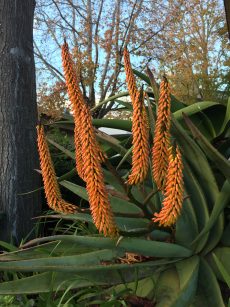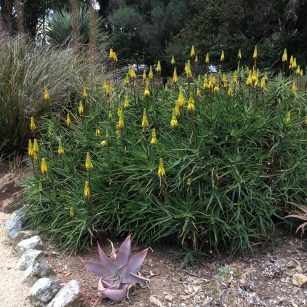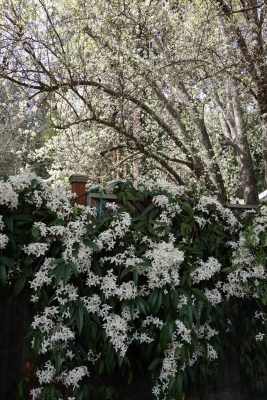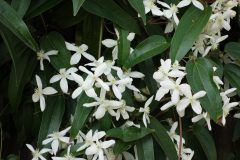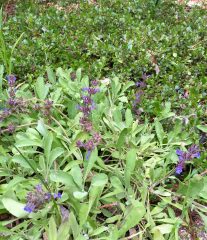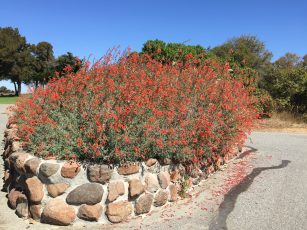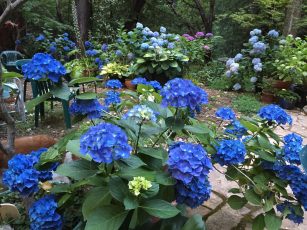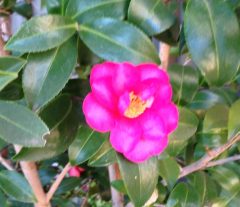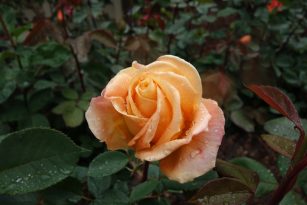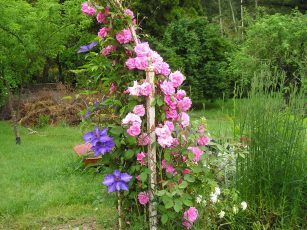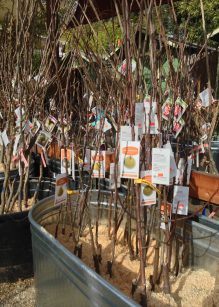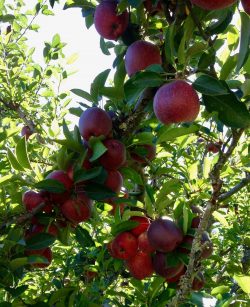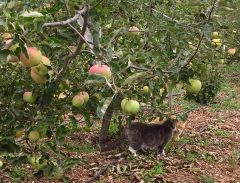We?re lucky in that our kids are surrounded by nature. It’s a big world out there, filled with plants to taste, smell and touch, birds that sings, insects that buzz, lizards that do push-ups and mammals to watch. Our connection to the earth is one of the most valuable lessons we can share with our children. Kindle a child’s curiosity early and you create a gardener, horticulturist and naturalists for life.
With a long, warm spring and summer to spend outdoors what fun, educational and interesting things can you do with kids?

Want some help out in the garden this year? Then get your kids interested. I’m not talking about getting the kids out before breakfast to help with the wheat crop harvest but fun things the entire family can enjoy.
Growing our own food is now common place. Even those who only have room for a couple of containers are vegetable gardening. Plant a pizza garden. On the ground use a hose to form a round garden shape and border it with stones or another type of edging of your choice. Divide the “pizza” into slices using stakes or one of your plant varieties such as basil. Add stepping stones for the pepperoni slices and plant each section with one tomato plant and one green bell pepper and fill in with garlic, oregano, chives and basil. By summer you’ll be harvesting the makings for a delicious home made pizza. A container pizza garden would be similar but on a small scale. Both are fun to create, plant and harvest.
Kids, even older ones, like hiding places, so grow one in the garden. You can plant tall sunflowers in a circle, leaving a space for a “door” that kids can crawl through once the flowers have grown. Or build a simple teepee out of fallen branches or long garden stakes and plant bean seeds around the outside. Scarlet runner beans have tender, young pods like green beans in addition to scarlet red flowers that attract hummingbirds. Beans grow fast and soon make a great secret hiding place.

Another fun project is growing birdhouse gourds. This fast growing vine can beautify fences and trellises during the growing season. In the fall, dry and hollow them out to make birdhouses or gorgeous crafts. You can burn patterns into the surface and stain the gourds with shoe polish making beautiful objects of art that make great gifts.
Edible flowers are fun for kids to grow, too. Some common ones to try are tuberous begonia petals that taste like lemon. Calendulas are spicy as are carnations and marigolds. Dianthus are clove-flavored, nasturtiums give a hint of horseradish and violas, pansies, hollyhock, squash blossoms and Johnny-jump-ups taste like mild lettuce. You can also freeze flowers like violas, fuchsias, geranium, stock and thyme in ice cubes.
Flowers that kids can pick for bouquets will be interesting for them to grow also, especially when planted in their own garden. Cosmos, planted from six packs, provide instant color as well as attracting butterflies. Zinnias come in a rainbow of colors and are a favorite of swallow-tail butterflies. Other easy to grow flowers for cutting are snapdragons and who hasn’t pinched these to make faces?
Pettable plants are a sure hit with kids. Usually we tell them, “Don’t touch”, so to actually have someone encourage this is a rare treat. If your own garden doesn’t have plants that look and feel so soft that you can’t resist petting them, consider adding lamb?s ears, artemisia ?Powis Castle? or fountain grass.
Fragrant flowers and foliage teach us to stop and savor our surroundings. I always love it when I can introduce a youngster to the different plant smells. They never forget the experience and will go back again and again to a fragrance they like. Fragrant flower choices include sweet alyssum that attracts pollinators, chocolate cosmos, nemesia and heliotrope. Foliage plants that smell great are lemon basil, lime thyme, orange and chocolate mint.
Teach children about beneficial insects like butterflies and lady bugs. Good bugs help plants by pollinating flowers or preying on insect pests. Make your garden a more inviting place for these helpful insects by planting lots of flowers and herbs to attract them. Flowers with umbrella shaped clusters of small flowers such as cosmos, zinnia, black-eyed Susan and yarrow are favorites of butterflies. Lady bugs like a pest free garden and will patrol your plants looking for any tiny insects and their eggs.

Be sure to leave some time after a busy day out in the garden for kids to draw what they?ve enjoyed outside. I have my friend Adelyn?s drawing on my wall so we both remember the fun we had in the garden.
It?s fun to explore outside with kids. Their natural curiosity is infectious as you get down to their level with nature.
A couple years ago I got the idea to make a nature guide for my friend Adelyn from pictures of the birds and flowers here in my own garden. She?s now almost 5 years old and still has her well-worn book. What?s a nature book if you can?t take it outside?
Adelyn?s book has photos of other things besides birds and flowers. There are butterflies and a tree frog as well as pictures of family. It?s fun to watch her run around and identify which bird or flower from the pictures in her book.

Later this spring the black-headed grosbeaks will return but for now Adelyn and her little sister Scarlett can find juncos, chickadees, purple and gold finches and nuthatches in her nature book. The flowers are the easiest to find as they don?t fly away and later the blue hydrangeas will be blooming.
The next time Adelyn and Scarlett come to visit we?ll take more pictures and print them out on the computer to add to her nature guide. The book is one of those inexpensive four by six inch photo albums with sleeves for photos. Maybe the chipmunks will be here and pose for a photo. We can also do some face painting to showcase the flowers we find.

Another fun thing to do outdoors is a visit to Camp Joy in Boulder Creek. Camp Joy welcomes children to learn about growing and preparing food, seed saving, bees, goats and garden crafts. They also offer garden tours for school age children or groups of any age.
When I visited the farm a while back everyone was busy working but happy to share their knowledge with me. In the Kid?s Garden there were plants to be picked, harvested, weeded or just enjoyed. Just to walk around the garden is a sensory experience in tasting, touching, smelling, listening and seeing. After touring the farm, you can have your lunch or snack in the center of this beautiful garden.
On the beautiful day I visited I was greeted with a smile by the person spreading compost. Compost is regularly added back to the soil and used to start seedlings in a special blend of “real soil” allowing them to transplant and continue to do well in the garden. Kelp and fish emulsion are used as fertilizer but mostly it’s the compost that makes the seedlings so strong. It was clear that there is a respect for the cycles of the earth and the changing seasons at the farm.
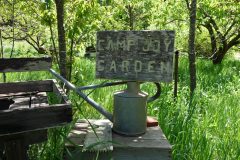
Later in April or early May Camp Joy will hold their annual plant sale of seed starts of veggies, herbs and flowers that are successful for our area. Take a lunch and make a day of it.
To share one?s excitement and knowledge of the outdoor world with a child is fun and rewarding. The wonder on a young person?s face as they discover a swallowtail butterfly or a flower just starting to open or a bird feeding in the garden is priceless.

